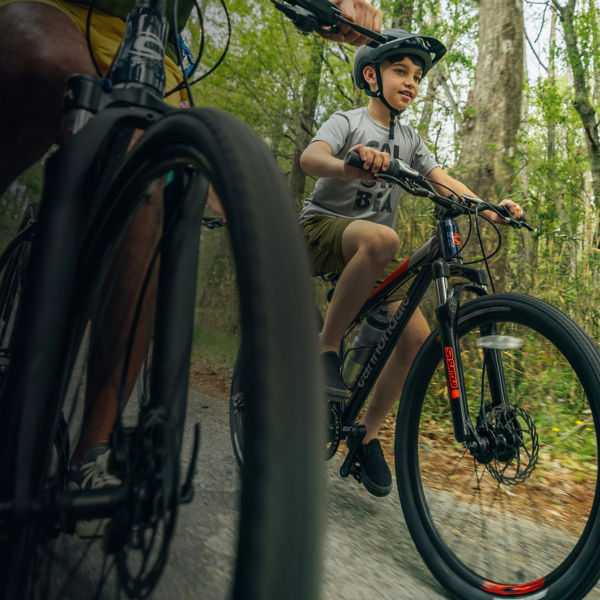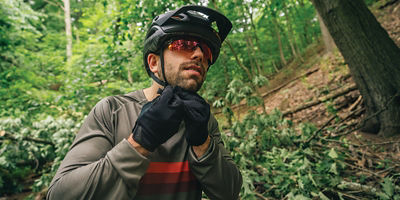
Riding around home is great, but eventually you’ll want to explore farther afield. Whether you’re eyeing some of the top-notch mountain bike trails in the next state, just want to switch up your road riding scenery, or want to take your e-bike on vacation, you need a bike rack. But with so many different types of vehicles and rack styles, it’s hard to know where to start. Use this guide to help find the right rack for you.
Ask Yourself These Questions
What kind of car are you driving?
Do you have a roof rack, hitch receiver, or both? Read more about the pros and cons of using either to carry bikes below. Don’t have either? You can use a trunk rack, or you can mount an aftermarket roof rack or hitch receiver.
How many bikes are you planning on carrying?
Will you be transporting your bike and a friend’s? Bikes for the whole family? Consider all the situations you might encounter and get a rack with sufficient capacity.
What type of bikes do you have?
Road bikes, mountain bikes, e-bikes, fat-tire bikes, and kids bikes come in all different shapes and sizes. Keep that in mind as you look at specific rack models. While a lot of racks will work with standard road or mountain bikes, if you plan on carrying a big fat-tire bike or a heavy e-bike, you might need something specially suited for it.
Do you want to lock your bikes?
Certain racks make locking up bikes easier than others, so if this is a priority, keep that in mind.
Hanging versus Tray-style
The first big differentiator in bike racks is between hanging racks and platform (or tray-style) racks.
Hanging Racks
Just like it sounds, with this design your bike hangs from its frame, typically by the top tube. Hanging racks are lighter and easier to install and store than platform racks, and they’re usually cheaper. The main downside is that any bike with an irregular top tube or unconventional geometry could be difficult to hang. Bikes on a hanging rack are also more likely to touch each other.
Platform Racks
This style allows your bike to sit on its tires. These are slightly more versatile for more styles and sizes of bikes and prevent bikes from swinging and contacting other bikes or your car, but they’re often heavier and stick out farther from your car.





















